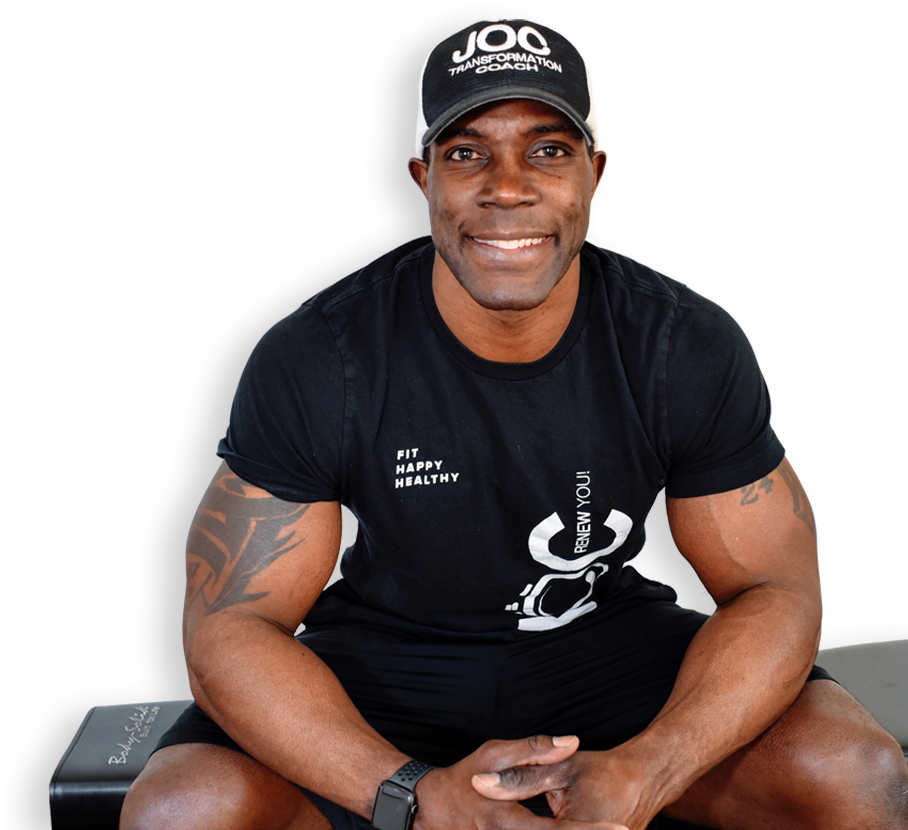JOC Superwomen body transformations are incredibly impressive, but we get one common question. “Why am I not losing weight?” Many women that set out on their body transformation journey are looking to shed fat, tone muscle, and become overall happier and healthier people. It can be incredibly frustrating to stick closely to healthy eating and calorie tracking but not see the results you’re looking for.
According to the common rhetoric, burning 500 more calories than you consume each day should result in 1lb of fat loss per week. Here’s the problem, that “conventional wisdom” isn’t accurate. You must consider the adaptive nature of metabolism, that your metabolism slows as you eat less.
To really see the results you want, you’ll need to establish your resting metabolic rate. Today we’ll break down why doing so is important and helpful.
What is Your Resting Metabolic Rate?

Before we can dive into the value of your resting metabolic rate, we have to know what it is. Your resting metabolic rate (RMR) is what tells you how many calories you need to function, and how many calories to consume to reach your individual wellness goals. People with a higher RMR burn more calories at rest, which means they can consume more calories in a day to reach their goals.
The Importance of Your Resting Metabolic Rate
So, why is it so important to know your resting metabolic rate? Knowing your RMR tells you how many calories you’ll need to consume to meet your goals. This takes the guesswork out of determining how many calories you should eat. Instead of relying on generic, inaccurate assumptions, your RMR accounts for many factors. RMR is a more precise way to determine how many calories you need to meet your goals, which will help your body transformation go much smoother.

What Causes a Low RMR?
A lower RMR means that you’ll burn fewer calories at rest. There are some factors that lower your RMR, some are controllable and others are not.
As we age, we start to lose 2-3% of lean muscle mass per decade. Less muscle mass results in a lower RMR, which is why it’s so important for women to incorporate strength training as they age.
Hormones are another uncontrollable factor. Most women experience diminished thyroid and hormone production after the age of 40. The changes in hormones can impact your RMR.
While we cannot control every aspect of RMR, there are some factors that we can control. The biggest controllable factor is your exercise. The less you exercise, the less lean muscle mass and the more fat you’ll have. The reduction of lean muscle and the addition of body fat decreases your RMR.
How to Calculate Your RMR

Your RMR is an incredibly useful calculation that accounts for adaptive metabolism. It provides the most accurate information on how many calories you need to consume and burn to reach your goals.
But, as you can imagine, RMR is not the easiest value to come up with on your own. Accounting for adaptive metabolism is not a simple calculation to do on your own. Fortunately, there are some very powerful RMR calculators.
Our Calorie Counter calculator helps you easily determine your RMR. All you need to do is fill out the information on our digital calculator, and it does the work for you. You’ll get realistic expectations about your weight loss so that you can make the appropriate behavior goals. When you know your RMR, you’ll know your personal needs, which can help you avoid under or overeating. You’ll be able to make informed decisions about your eating and fitness and enjoy a smoother body transformation journey. Head over to our simple calculator today to find out your RMR.
How Can I Increase My Resting Metabolic Rate?

A higher RMR means burning more calories at rest (yes, even while sleeping!). The higher your RMR is, the more calories you can consume each day to achieve your goals.
Lean muscle is important for raising your RMR. Therefore, having more muscle on your body will help you lower your body fat percentage, while also helping lower your risk of diabetes, hypertension, and heart disease.
Including weight training into your regimen is vital for increasing your RMR, as it will help you build muscle mass. You should aim to incorporate weight training at least twice a week.
Cardio is also important for staying lean, especially when used in conjunction with weight training. Add 15-30 minutes of cardio 3+ times a week.
Additionally, pay attention to how much time you have between meals. Eating frequent meals, every few hours can help you with your RMR.
As you can see, there’s a lot to consider when it comes to your RMR. The first step is to use the JOC Calorie Counter to determine your RMR. Once you know your RMR, you’ll have a better idea of what to do to meet your goals. Still, it can be challenging to use the information from your RMR to come up with the best training and eating plan for you. That’s where we can help. The knowledgeable, dedicated team at JOC Coaching is here to help you become the Superwoman on the outside that you are inside. Learn more about our comprehensive body transformation programs and get started today!




